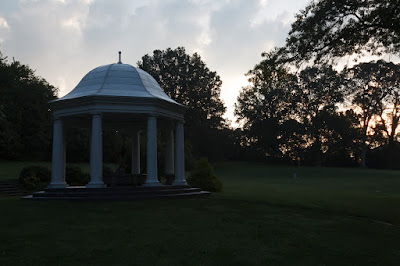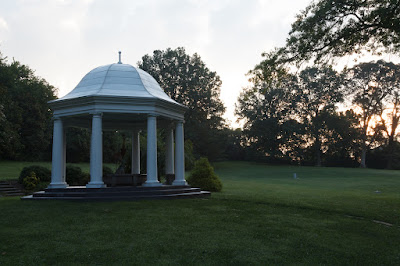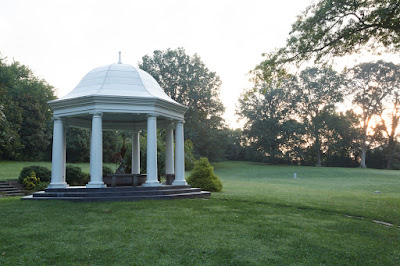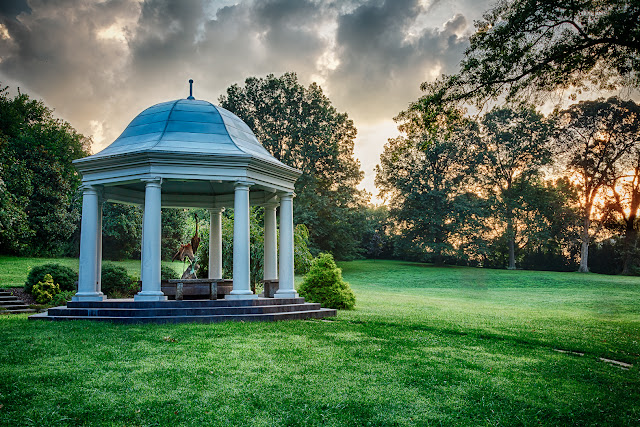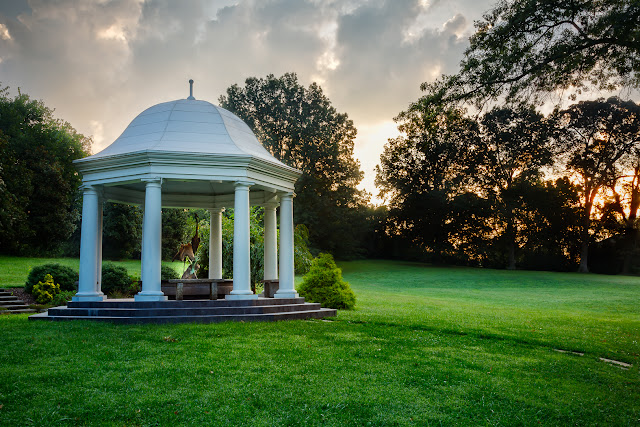June and I went hiking on the Lady Slipper Loop Trail with our friends Dina and Peter. We had great conditions for close-up flower photography. It was late in the afternoon, the skies were overcast, and there was no breeze at all. Best of all, these rare wild orchids were abundant along the trail. Thanks to Dina and Peter for guiding us right to the flowers.
This time I brought along my flash and two remote triggers. I don't normally bring these along on hikes but I wanted to try a little experiment with the flash and flowers. I placed one remote trigger on my Fuji camera and the other on my old Canon flash. I was using both camera and flash in manual mode so it didn't matter that I was mixing brands. Using the remotes allowed me to hold the flash and point it at the flowers from any direction or distance. I also used a Rogue Flash Bender on my flash to soften the light.
Here are two examples from my little experiment.
 |
| No flash, 1/40 sec, f/2.4 |
 |
| With flash, 1/250 sec, f/2.4 |
The two photos illustrate how the flash can emphasize the flower while letting the background go dark. The faster shutter speed in the second shot made anything lit only by the ambient light darker. I tried to position the flash to light the flowers without lighting the background.
The problem with this technique is the light from the flash can create harsh shadows on the subject, in this case, the flowers. Here's a series of shots that show what happens when the flash is in different positions.
If you click the first image then use the keyboard arrow keys you can flip through each one to easily see the differences.
The camera and flash settings were the same in each photo. Notice the shadows? There are bright and dark spots in each photo due to the different position of the flash. I want to have more even light to make a more pleasing flower photo.
Here's the really cool part of the experiment. Remember I said there was no breeze? Because the camera was on a tripod and the flower was not moving I was able to blend these five shots into one using the HDR tool in Adobe Lightroom.
 |
| Blended Image |
 |
| Final Result |
This all sounds much more complicated than it really was. It's actually pretty easy with some basic Lightroom and Photoshop skills.
I learned how to manually control remote flashes while working on my real estate photography skills. It's interesting how skills learned in one area help in a completely different application. There are good reasons to learn new photography skills, even in areas that might not be you favorite.






